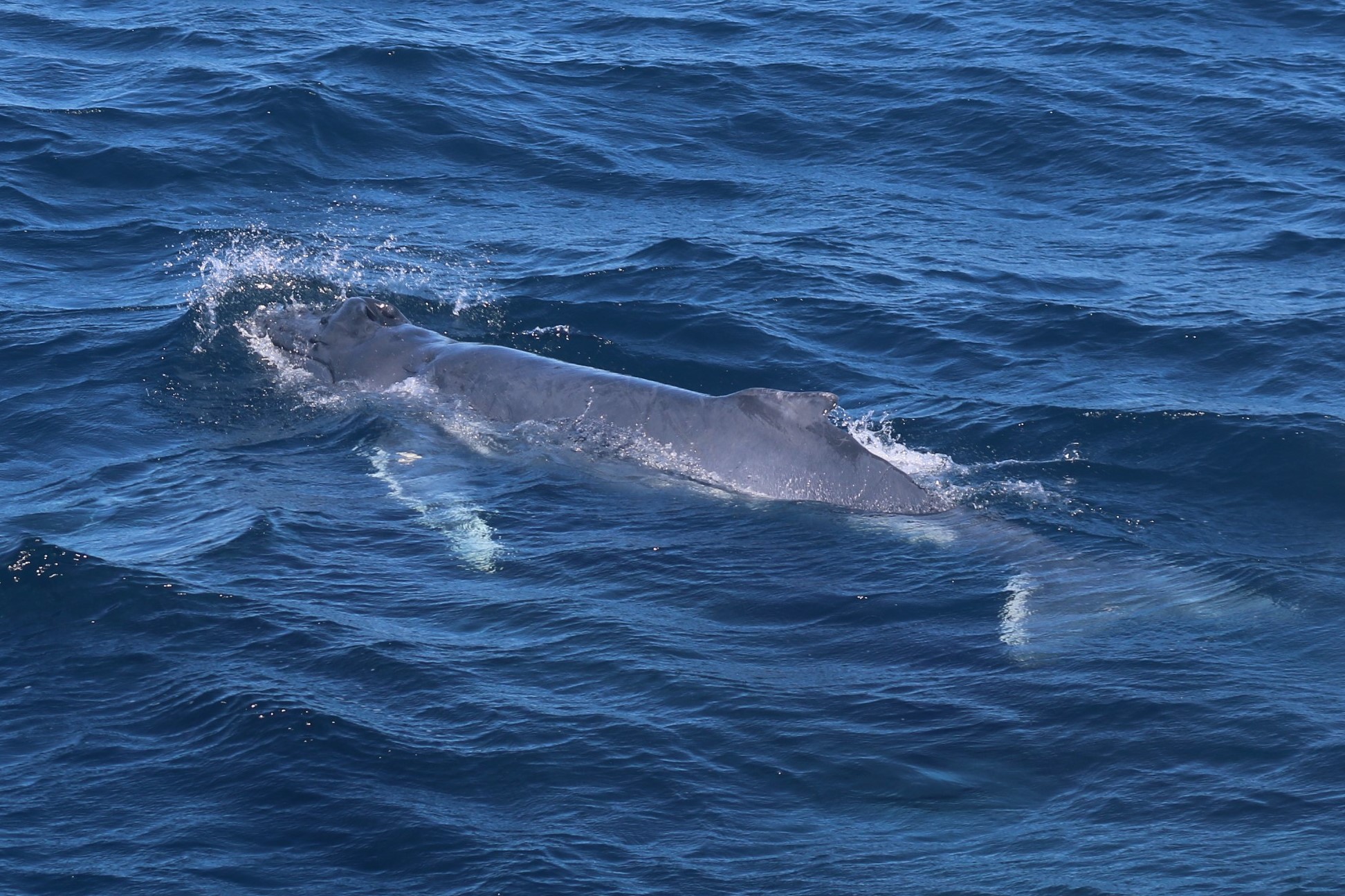
Why you need to learn about drones!
enhanced photography and videography
watch what is happening from inaccessible spaces eg. whale watching
get into technology that has a big future
for fun - get into drone racing!
stand out on social media with unique images
security and viewing property from a distance
farming technologies
force movement of nuisance pests or animals
This 100 hour Drone Technology course will help you understand different types of drones, how they work, and how they are used across a broad variety of industries.